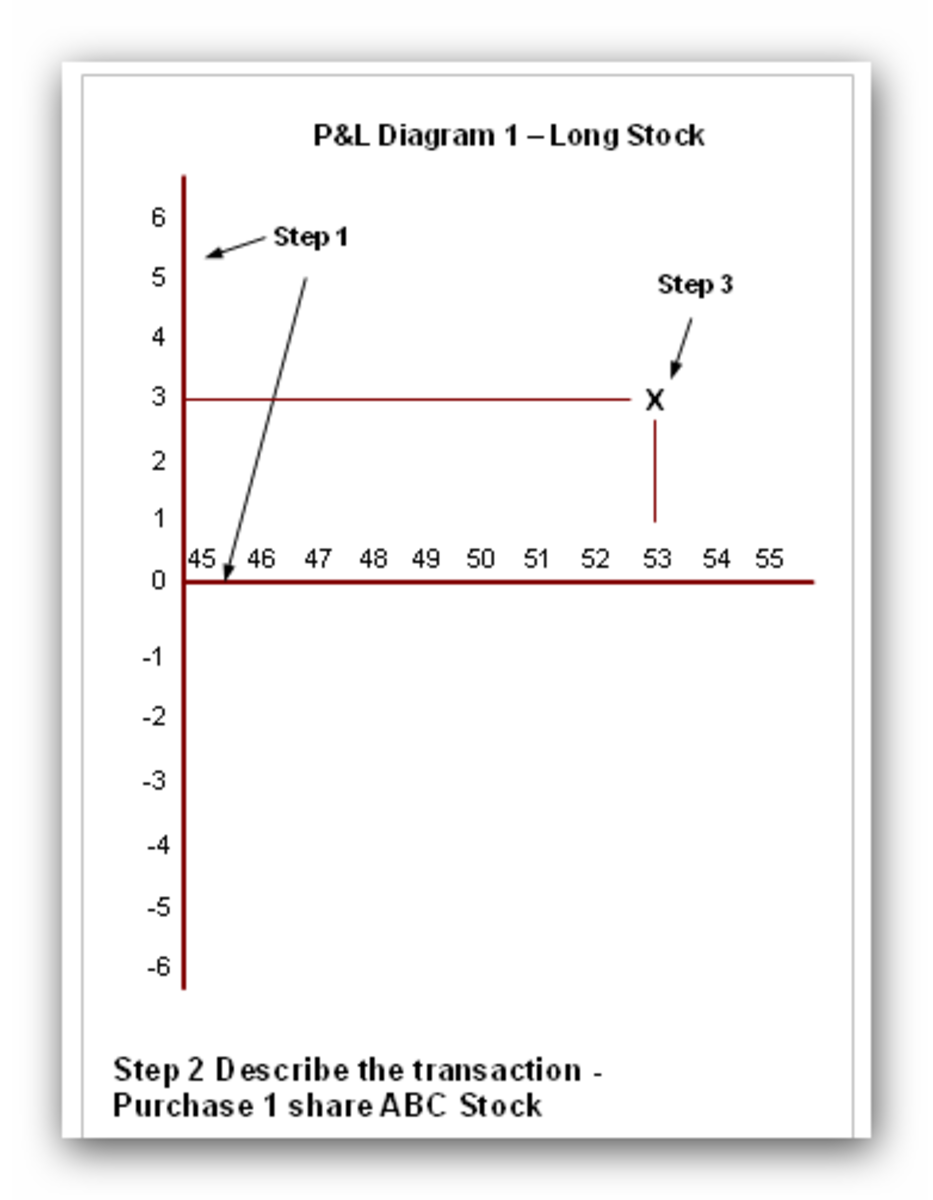What is a Loss Leader?

Bummer!
I print a Word text document and the printer spits out a completely blank page. Empty ink cartridges? Nope. Off to the manufacturer's support website. After about four "If this does not resolve your issue, click here..." steps, I'm told that the printer needs a new printer head that is as much or more than purchasing a brand new printer. Having to replace my printer is not how I wanted to start out the New Year.
But it got me thinking about how the printer manufacturer is marketing itself. They're using a loss leader marketing and pricing strategy. The printer is super cheap, but the supplies (ink cartridges) and replacement parts are expensive.
Actually, this is just one flavor of a loss leader strategy.
Types of Loss Leaders
All loss leader strategies seek to offer something of value very cheaply or free, in the hopes that customers will buy other products and services. Here are some ways that this strategy is used:
- Build Aftermarket Purchases. In the case of the computer printer, the manufacturer is offering the printer very cheaply to build sales of aftermarket supplies such as ink cartridges and parts.
- Sell Continuing Service. This is common in the mobile phone industry. An expensive smartphone device is offered for a very low price or even free to build sales of monthly cellular phone service.
- Trial or Free Services to Sell Upgrades. In a very similar way to selling continuing service, some companies offer free or very low priced versions or trials of their primary service products (often called a "freemium") to encourage sales of their upgraded or continuing services.
- Offer Popular Products Cheaply to Sell Higher Priced Products at Retail. This is a common strategy in retail, particularly grocery and drug stores. For example, a grocery store may offer commonly purchased products such as orange juice and milk at rock bottom prices to encourage sales of higher priced (and higher profit!) retail grocery items. The reasoning is that the cheap product will draw people into the store and they'll just decide to purchase the rest of their grocery needs while there, as opposed to wasting time running to another store.
- Daily Deals. Deals and discount coupon programs have been very popular. With these programs, members of daily deal websites pay a small amount for discounted coupons at a variety of retailers and service providers. For example, a customer can purchase a $50 dining gift certificate for $25. The company absorbing the loss is the retailer or service provider offering the deal, not the daily deal site.
- Free or Discounted Installation. Offering free installation for home products such as carpeting and windows is quite common. In this loss leader strategy, the provider is offering their installation services for free or at a discount when a customer pays for the retail priced product being installed.
- BOGO. Buy One, Get One (often referred to as "BOGO") deals are very common in both retail and service sectors. In this scenario, a customer buys one product or service at full retail and gets a second one free OR at a discounted rate. This loss leader strategy can help clear out inventory or keep service employees busy during slow sales periods.
Loss Leader Backlash
One of the risks of pursuing any loss leader marketing strategy is that it could increase sales while at the same time incur heavier losses. Here are some scenarios:
- Making a Break for It. A common consumer complaint in the mobile phone arena involves lengthy service contracts. Once cellphone users start using the service with their free or deeply discounted phones, they realize how expensive the service portion really is. Then as soon as their contract is up, they make a break for another carrier. Some even try to unlock their phones early to switch carriers.
- Never Upgrading. Some customers will continue to use the low or no cost loss leader service or product forever! They never make the leap to higher priced offerings. This can drain the resources of the company.
- Daily Dealing, but Not Returning. Restaurants, retailers and service providers who offer daily deals can attract customers who only visit when there's a deal available. There is absolutely no brand loyalty or continuing income from these folks.
- Just Buying the Loss Leader Offering. Especially around the holidays, customers may make a beeline for a store offering a deeply discounted sales promotion on a gift item. They buy only that item and leave. So the loss from the discounted item is not offset by other purchases.
Cutting the Losses from Loss Leaders
With the potential to experience losses of profit margin when a loss leader marketing strategy is employed, a company needs to consider some ways to minimize the losses and manage these programs. Some options include:
- Building the Loss Leader Marketing Costs into Overall Pricing Structure. Offering discounts or free products is a cost to the business. So when a retail pricing structure is developed, these costs must be built in.
- Limiting Loss Leader Availability. Just because a discounted or free product is being offered doesn't mean there shouldn't be qualifiers to obtain a concession. This can be done by limiting the time or quantity of the loss leader product or service. For example, a restaurant may only make daily deals available on weekdays when their business is slow and could use a sales boost, even at discounted rates.
As with any marketing campaign, doing careful profit margin analysis is necessary to determine the program's success.
This article is accurate and true to the best of the author’s knowledge. Content is for informational or entertainment purposes only and does not substitute for personal counsel or professional advice in business, financial, legal, or technical matters.
© 2014 Heidi Thorne








